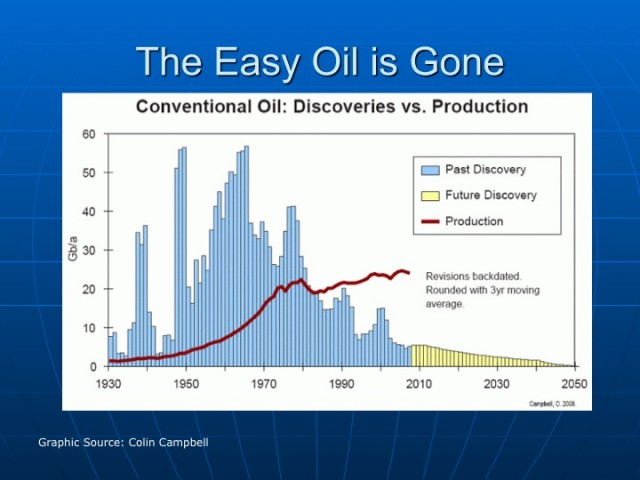FairPoint Communications was spun off of Verizon a year and a half ago. It mainly consisted of Verizon’s rural landline businesses. They carved out the company and distributed shares to Verizon shareholders. Since at the time I had money in the Telecom HOLDR, I received a distribution of one share of FairPoint.
There was no point in selling the share – it would have cost me nearly as much in commissions as the share price. My only hope was that management would be smart and do a tender offer for small lot owners (e.g. 10 shares or less) which would relieve me of the burden of receiving useless amounts of paper concerning voting for the board of directors, etc.
The company had way too much debt when it was spun out of Verizon, and a year and a half later, it has filed for Chapter 11. I look forward to my 4.5 cent piece of paper reorganizing and vanishing out of my account.
So far to date, this is the only company that I have held shares in that went bankrupt. All other companies I sold well before their Chapter 11 filings.
FairPoint is a viable operation; it just needs to reduce its debt by some 70-80% in order to be financially sustainable. Considering that most of its debt was inherited from Verizon (Verizon decided to take a $1.2 billion dividend out of it before spinning it out), one would think that they would have known that leveraging the company before giving it away would have killed the equity holders.
